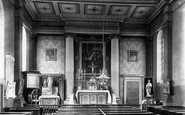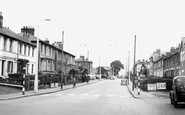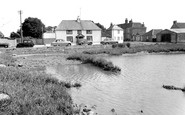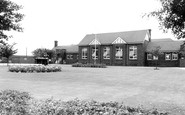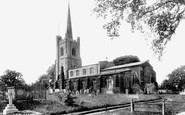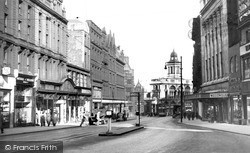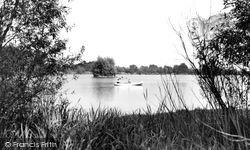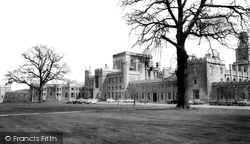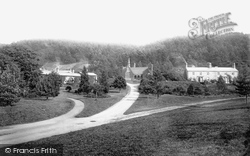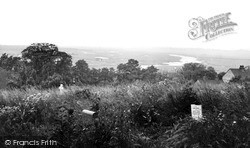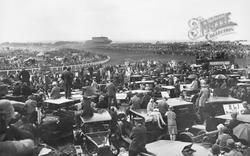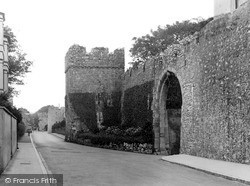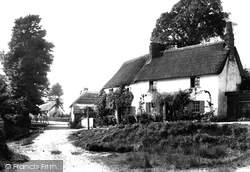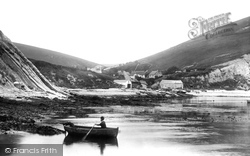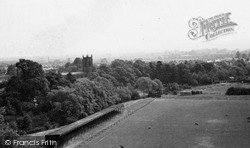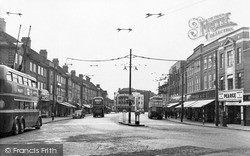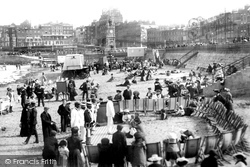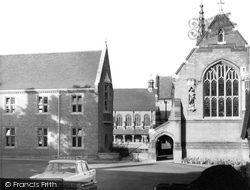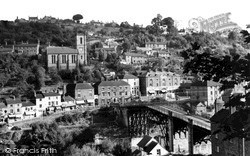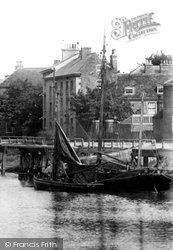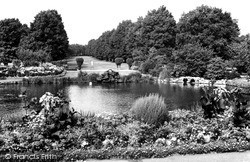Merry Christmas & Happy New Year!
Christmas Deliveries: If you placed an order on or before midday on Friday 19th December for Christmas delivery it was despatched before the Royal Mail or Parcel Force deadline and therefore should be received in time for Christmas. Orders placed after midday on Friday 19th December will be delivered in the New Year.
Please Note: Our offices and factory are now closed until Monday 5th January when we will be pleased to deal with any queries that have arisen during the holiday period.
During the holiday our Gift Cards may still be ordered for any last minute orders and will be sent automatically by email direct to your recipient - see here: Gift Cards
Places
4 places found.
Those places high-lighted have photos. All locations may have maps, books and memories.
Photos
6 photos found. Showing results 741 to 6.
Maps
65 maps found.
Books
1 books found. Showing results 889 to 1.
Memories
4,591 memories found. Showing results 371 to 380.
Growing Up In Local Avenue
Hi I am Michael Johnson, some of you may remember Tommy and Brenda Johnson who lived in Sherburn Hill for most of their lives. Tommy worked for Alfie Law who had the Post Office and Grocery shop on the 'Hill'. ...Read more
A memory of Sherburn Hill in 1949 by
Macadam Square
My dad was in the para 1 squad,we lived at 23 Macadam Square for about 2/3 years, I remember them as some of the happiest of my life. I know that the houses are all gone now, but just wondered if anyone else remembered us, the ...Read more
A memory of Aldershot in 1964 by
History Of Netherthong
I am currently researching and writing a history of Netherthong and I have well over 200 photos and other ephemera. I have started numerous chapters relating to such subjects as schools, parish council, churches, sport, ...Read more
A memory of Netherthong in 2010 by
Netherthong In The First World War Part 2
Throughout the course of the First World War many local organizations raised money to send parcels to local soldiers. This was particularly relevant at Christmas and the presents included shirts, ...Read more
A memory of Netherthong by
Sunny 1950''s Sunday Mornings
I have many memories about the old St Mary's Church. Until I started thinking of them I realised that I have not got one involving a rainy day apart from when my Grandad was buried in the churchyard. He was ...Read more
A memory of Clayton-Le-Moors in 1954 by
I Used To Come To Comerfords!
I bought my first motorbike from Comerfords in Thames Ditton (would have been at top right of this picture) in October 1973 - a Yamaha FS1e moped in 'Blackcurrant' metallic. But for up to two years earlier I would ...Read more
A memory of Long Ditton in 1972 by
Atkins Charity Football Match At Sidlesham Fc
Driving through Sidlesham , I noticed the village football club had floodlights. My son Steven was looking for a ground for a Charity Football Match, as we were staying at our chalet at Church Farm ...Read more
A memory of Sidlesham by
Teachers And Class Mates At School
My name is Mary Bradley and I attended this school with Linda Thonpson and Nicolette Martindale. I remember Mr Crossland I don't know the other teacher's name but she came to the school with a lovely dog. I ...Read more
A memory of Selby in 1962 by
Wilton Memories
Like Gloria Friend, I spent a happy childhood in Hornchurch, attending Suttons Primary School where my mother (Mrs Wilton) was deputy head and Mr Occomore our headmaster. We were carefully drilled in our tables, phonics and ...Read more
A memory of Hornchurch in 1948 by
Captions
925 captions found. Showing results 889 to 912.
Thus the Company of Cutlers in Hallamshire came into being.
Why have they left us no clues to tell us where they came from? Did they come from miles around to bury the ashes of their dead princes here?
Thus the Bonar Law Memorial College came into being, a residential college for the study of social and political science.
The mission house remained a place of worship well into the 20th century; it was under the pastoral care of the rector of Guisborough, and he or one of his curates came up to the village to hold services
Furthermore, Jack Straw, a priest who led Wat Tyler's group to invade London, originally came from Fobbing.
The clock on the tower came from Amesbury Abbey nearby - it was given to the church in 1971. Its mechanism is 15th- century, but it was altered to take a pendulum.
Dame Laura Knight sketched them often in the 1920s, visiting the Derby in a Rolls- Royce because it had a roof high enough to accommodate an easel inside.
Besides connections with Arthur, there is a story that Joseph of Arimathea, in whose tomb Jesus was buried, came here as a trader and brought the Glastonbury Thorn.
When the Romans came to Britain in AD 43, they placed their seat of government at Camulodunum (Colchester).
Outside the town wall, many streets were laid out principally to provide lodging houses for the many visitors who came to the town once Tenby became part of the wider rail network.

Life came back to the big house in 1790, when it was bought by John Trotter, an army contractor from Soho, who had a new manor house built on the site.
Here is the tomb of Lady Nelson, perhaps the most famous of the many visitors who came to Exmouth and decided to stay.
This came about because, between 1707 and 1723, the installation of turnpikes on local roads led to such an improvement in their condition that Dunchurch Road became a major thoroughfare.
The legend has it that Turpin shot and killed King by mistake after a mix up over a horse, but other sources seem to think that it was more likely that King came to his just deserts at the end
He descended and came to a small basin of sea enclosed by the cliffs [Lulworth Cove]. Troy's nature freshened within him; he thought he would rest and bathe here before going further.
Corn was ground in stone 'querns' made from the rock to be found at nearby Quorndon, a name meaning 'hill of the querns'.
In 1924, Richmond House, a large house with extensive grounds on the river-front by the Embankment, came into council ownership, following an unsuccessful bid at auction, a fumbled attempt at compulsory
During the Georgian and Regency eras most visitors came to Margate for their health and the sea bathing.
In 1996 the two schools came together with the name of Berkhamsted Collegiate School, and Dr Priscilla Chadwick was appointed as first principal.
Things recently came to a head in 1998 when there was a decision to divide Shropshire into two areas, the county of Shropshire and the Borough of Telford and Wrekin, thus bringing to an end over
Boston Corporation came into existence on 14 May 1545.
The need for additional leisure facilities had long been recognised and an important move in this direction came with the opening of the Eat 'N' Bowl bowling alley in Huntingdon Street in August
In 1864 an Act was passed whereby from 1 July 1872 the turnpikes disappeared and the turnpike roads came under the care of the local boards of health.
However, along with prosperity came poverty and overcrowding and there was an increasing amount of slum accommodation.
Places (4)
Photos (6)
Memories (4591)
Books (1)
Maps (65)

